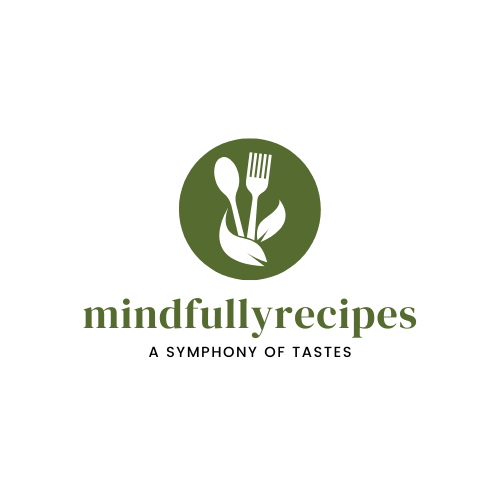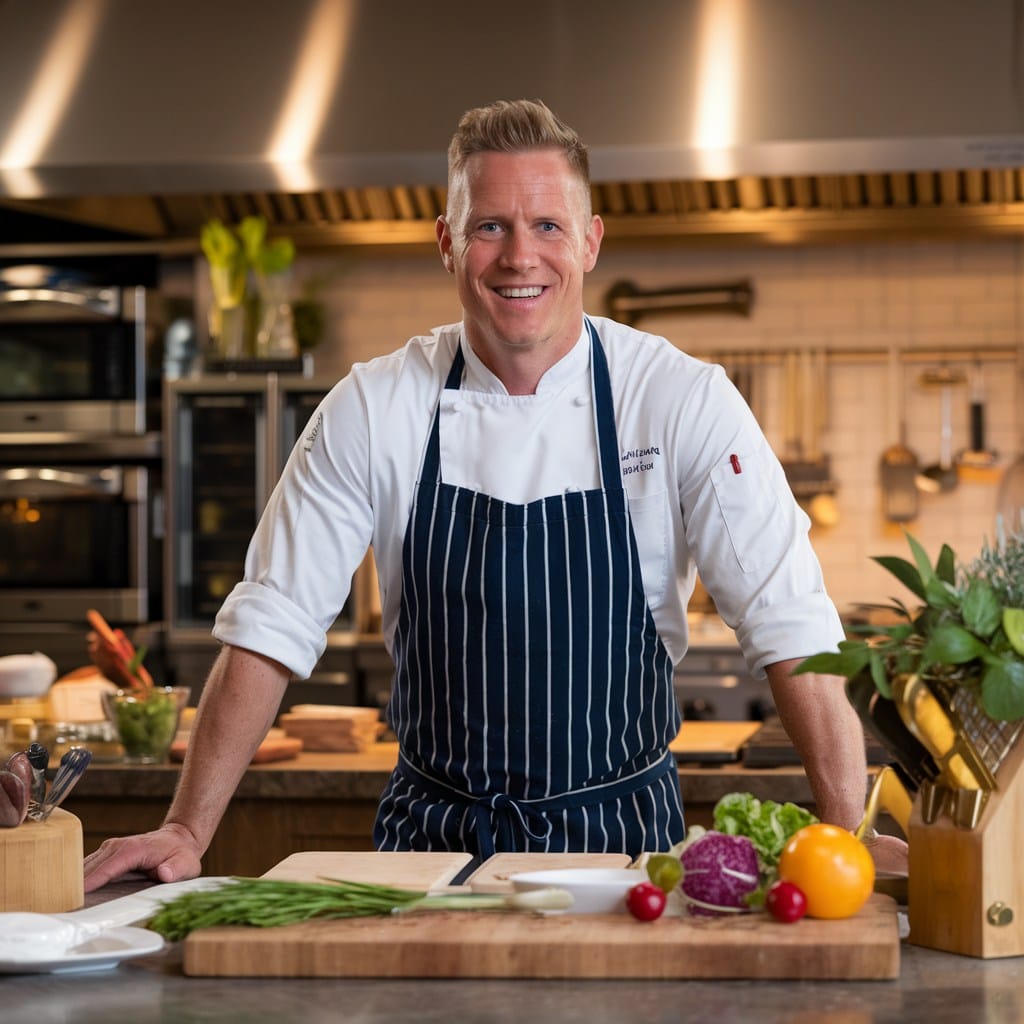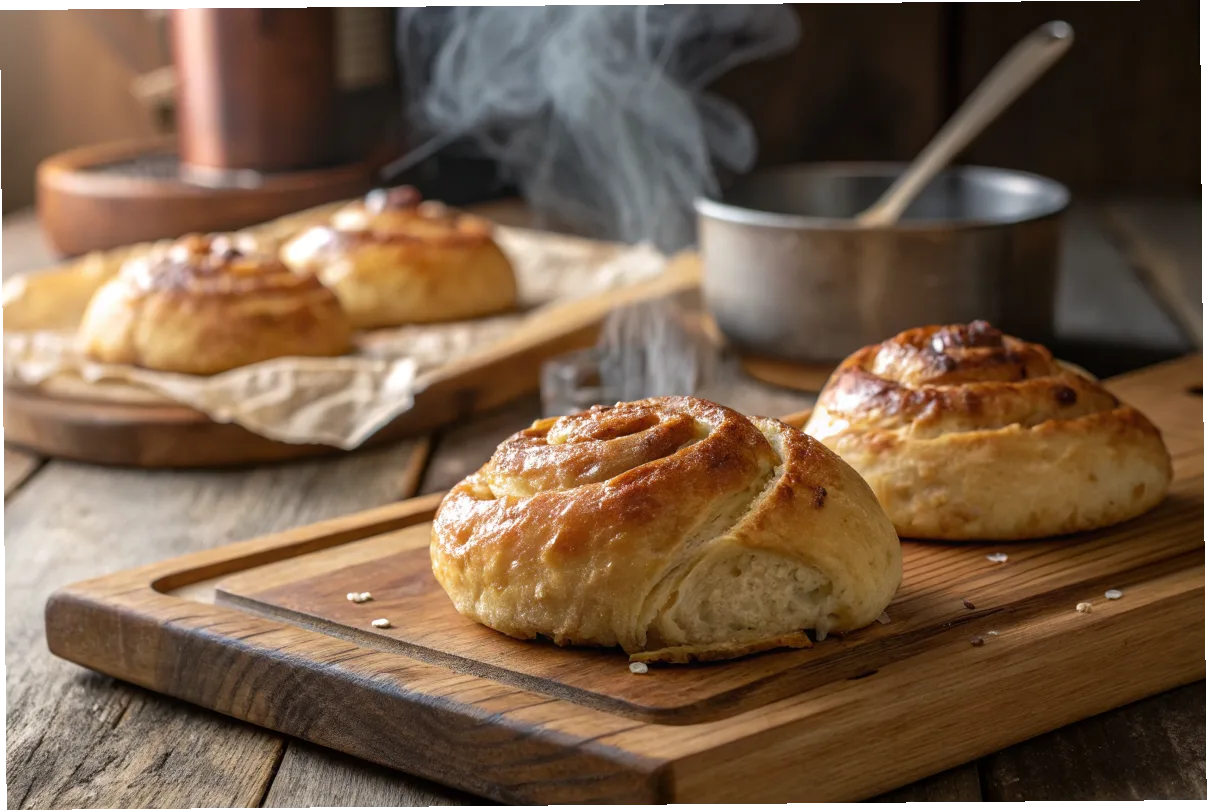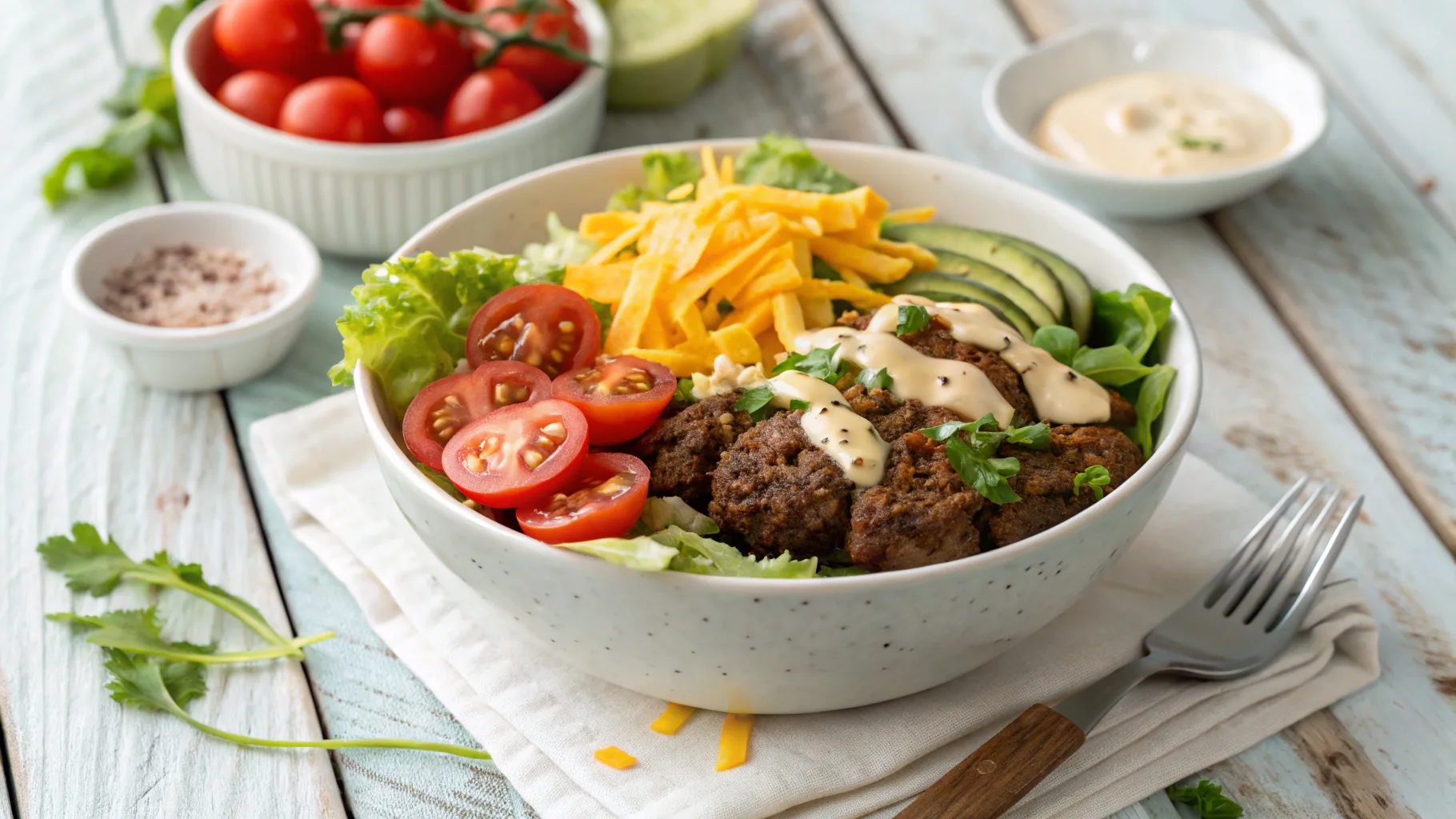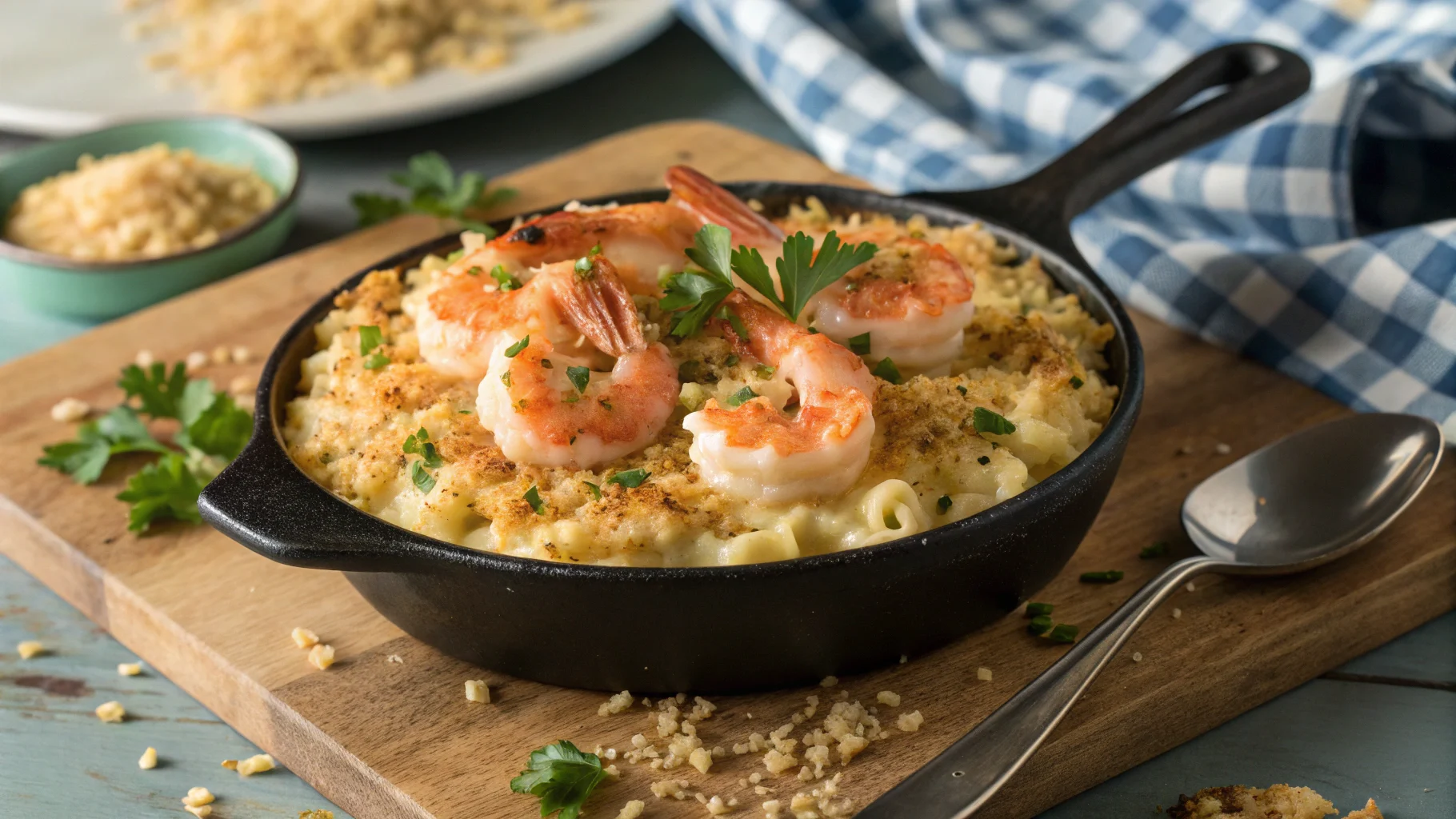You know that moment when you’re standing in your kitchen, staring at a beautiful salmon fillet, and you’re not sure whether to grab the skillet or fire up the oven? I’ve been there more times than I can count. My wife calls it “the salmon standoff”—me holding the fish, looking like I’m about to make a life-changing decision. And in a way, I am.
Should you fry or bake salmon? It’s a question that decides not just how dinner will taste, but how the whole evening might feel. Pan-frying promises that mouthwatering sizzle, crispy skin, and bold flavor. Baking offers a gentle, hands-off approach that leaves you free to pour a drink or chat while the oven quietly works its magic.
Over the years, I’ve cooked salmon every way imaginable—fried, baked, grilled, even poached—and I’ve learned that the cooking method shapes everything: the texture, the flavor, and even how healthy the dish is. In this guide, we’re breaking down both techniques, side by side, so by the end you’ll know exactly which one fits your taste, your schedule, and your style.
If you’re already hungry for inspiration, check out our Salmon and Rice Recipe—it’s one of my go-to meals no matter how I cook the fish.
Part 1: Understanding Salmon Cooking Techniques
Why Cooking Method Matters for Salmon
The truth is, salmon is a versatile fish that changes its personality depending on how you cook it. Frying gives you that golden, crunchy crust and a deep, savory flavor that’s hard to resist. Baking, on the other hand, delivers tender, juicy salmon with a clean, fresh taste. Both are delicious, but they create completely different experiences.
So, when you’re asking yourself should you fry or bake salmon, you’re really asking: “Do I want bold and crispy, or soft and delicate?” Your answer might depend on the night—some days call for a sizzling skillet, others for the slow warmth of the oven. Knowing how each method transforms salmon will help you choose the right one for your mood, your schedule, and even your health goals.
Overview of Popular Salmon Cooking Methods
Before you choose, let’s get familiar with what we’re comparing:
- Pan-Frying – Cooking salmon in a skillet over medium-high heat with a bit of oil or butter. Fast, flavorful, and perfect for crispy skin lovers.
- Baking – Using steady oven heat to gently cook the fish, usually with minimal added fat. Reliable, easy, and great for cooking multiple fillets at once.
While there are other ways to make salmon—like grilling, steaming, or poaching—pan-frying and baking are the two methods most home cooks debate. And understanding these two techniques is the first step in settling your own should you fry or bake salmon decision.
PART 2: The Art of Pan-Frying Salmon
What Is Pan-Frying and How It Works
Let me tell you—there’s nothing quite like the sound of salmon hitting a hot skillet. That sizzle is pure music for anyone who loves cooking. Pan-frying is straightforward: you use direct heat, a good splash of oil or a bit of butter, and you let that high heat work its magic. The outside turns golden and crispy, while the inside stays tender and juicy.
When friends ask me should you fry or bake salmon, I tell them this: if you want flavor that jumps out at you from the very first bite, frying is hard to beat. It’s fast, it’s exciting, and it fills the kitchen with an aroma that will have everyone asking, “When’s dinner?”
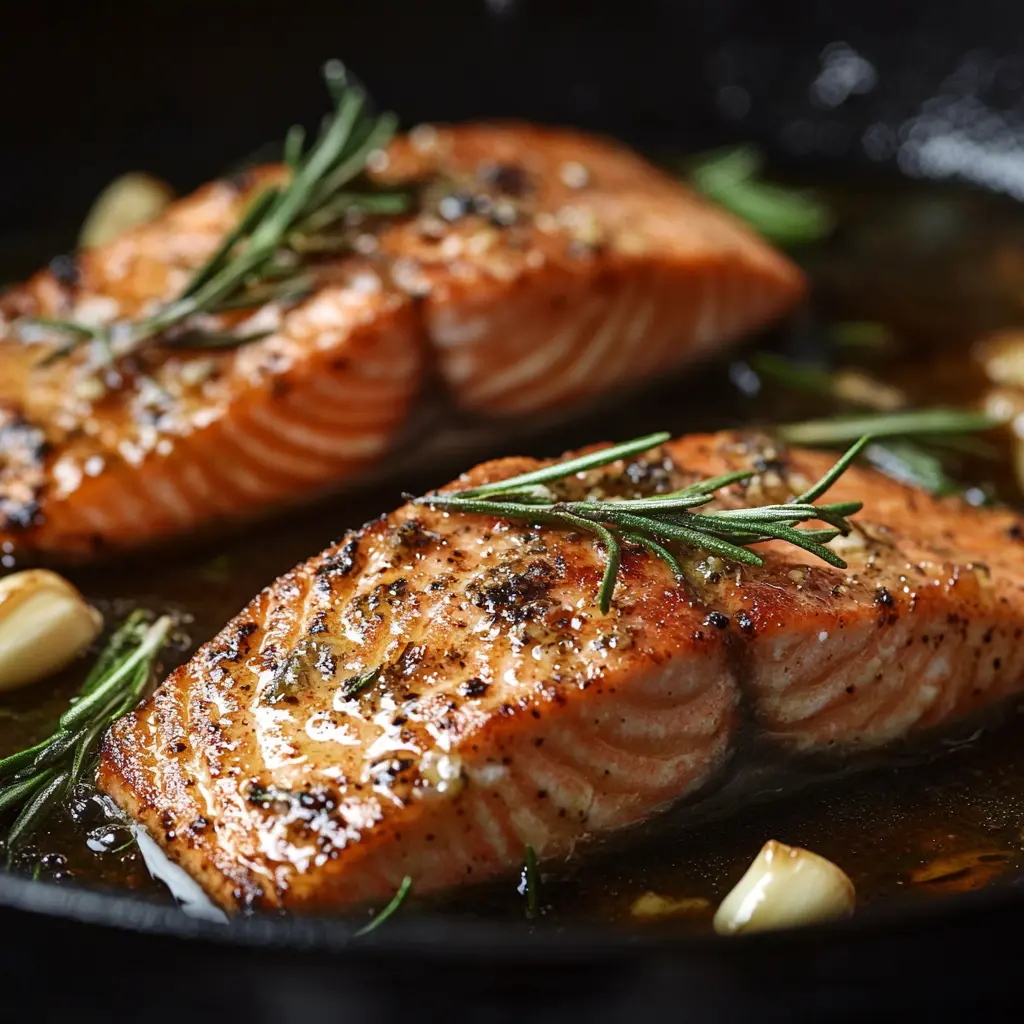
Step-by-Step Guide to Perfectly Pan-Fried Salmon
Getting pan-fried salmon right isn’t complicated—you just need to respect the process. Here’s how I do it:
- Choose a Good Pan
A heavy-bottomed skillet (cast iron or a solid non-stick) will heat evenly and help avoid sticking. - Pat the Salmon Dry
Moisture is the enemy of crisp skin. Use a paper towel to dry both sides, then season with salt, pepper, and any spices you like. - Heat the Pan First
Medium-high heat is perfect. Add enough oil to coat the bottom—avocado oil or grapeseed oil are great choices because they can handle higher temperatures without burning. - Skin-Side Down First
Place the salmon skin-side down and press gently with a spatula for a few seconds so it doesn’t curl. Let it cook without moving for about 4–5 minutes. - Flip and Finish
Turn the fillet carefully and cook for another 2–3 minutes until the flesh flakes with a fork. - Rest Before Serving
Take it off the heat and let it rest for a couple of minutes so the juices settle back in.
Pro Tip: For an extra punch of flavor, melt a little butter in the pan during the last minute and baste the salmon with it. Add crushed garlic and fresh herbs, and you’ll feel like you’re cooking in a restaurant kitchen.
If you want to dial up the flavor even more, try Fish Fry Seasoning. It’s perfect for anyone who loves a bold, seasoned crust on their salmon.
PART 3: Benefits and Drawbacks of Pan-Frying Salmon
Flavor and Texture Advantages
One thing I’ve learned after years of cooking salmon—if you’re chasing that perfect bite with a crunchy edge and a juicy center, pan-frying delivers every time. The high heat caramelizes the fish, locking in flavor and giving you that golden, crispy skin everyone fights over at the table.
When people ask me should you fry or bake salmon, I always say frying is your choice if you want that “wow” factor right away. The aroma hits first, then the texture, then the bold flavor from the sear. And if you season it well—maybe with a dash of paprika, a squeeze of lemon, or a touch of garlic—you’ve got yourself a dish that feels like something from a top restaurant.
Potential Downsides of Pan-Frying
Of course, nothing’s perfect. Pan-frying means you’re tied to the stove—you can’t just walk away like you can with baking. There’s also the splatter factor, so expect a little cleanup afterward. And because frying requires oil or butter, it does add a few extra calories compared to baking.
If you’re cooking for a big group, pan-frying can also be tricky. You’ll need to work in batches unless you have a giant skillet, and that can mean the first fillets cool off while you finish the rest. That’s when I start thinking about baking instead—it’s less hassle when you’ve got a crowd.
Still, if the night calls for quick cooking, big flavor, and that irresistible crispy skin, pan-frying is hard to beat in the fry or bake salmon debate.
PART 4: The Benefits of Oven-Cooking Salmon
Why Choose Baking for Salmon in the Should You Fry or Bake Salmon Debate
Here’s the thing—sometimes you just don’t want to babysit a skillet. That’s where baking steps in. Slide your salmon into the oven, set the timer, and you’re free to chop veggies, pour yourself a drink, or even step outside for a moment.
When folks ask me should you fry or bake salmon, I tell them baking is the way to go if you want simple, stress-free cooking. The even heat of the oven surrounds the fish, cooking it gently from edge to center. That means the fillet stays moist, and you’re far less likely to overcook it. Plus, baking works beautifully for feeding a crowd—you can line up several fillets on one tray and have dinner ready in one go.
Step-by-Step Guide to Oven-Baked Salmon
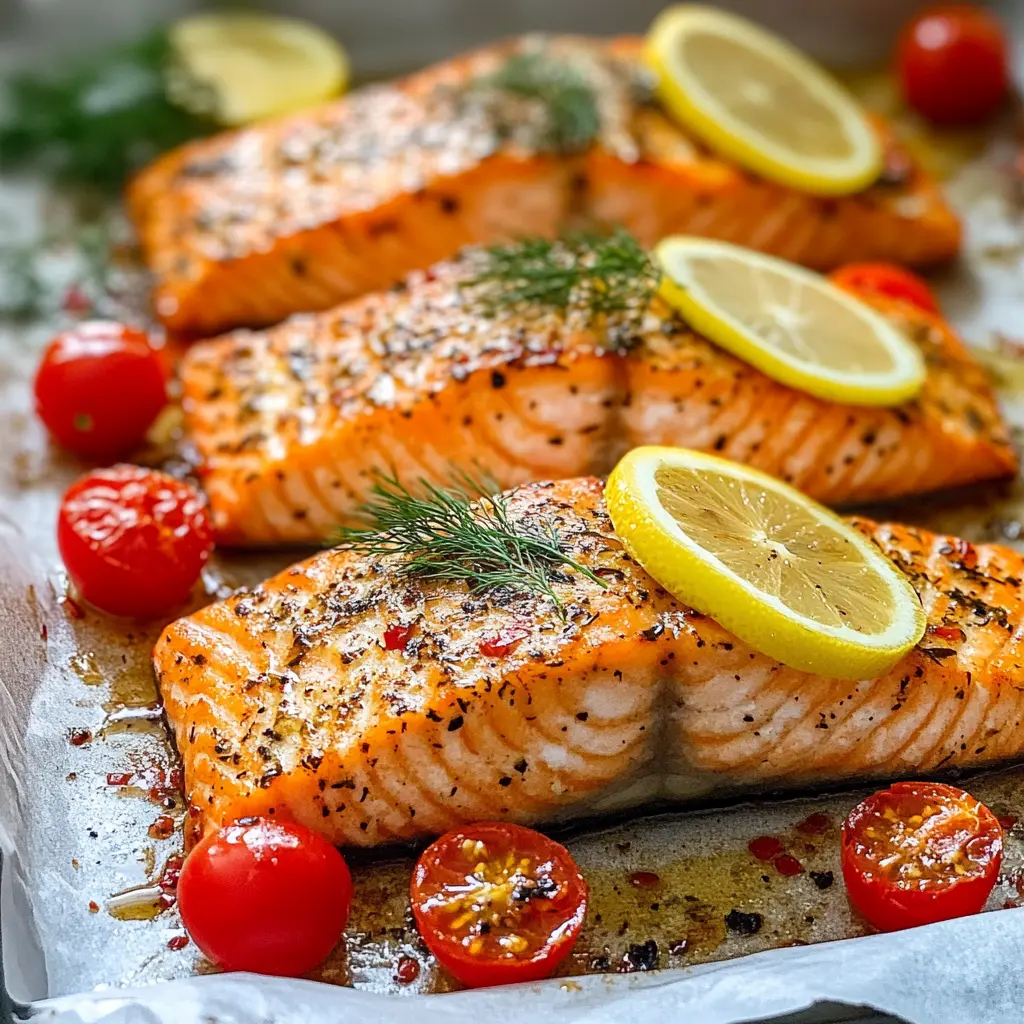
Baking salmon is almost foolproof if you follow a few easy steps:
- Preheat the Oven
Set it to 400°F (200°C)—this is the sweet spot for tender, flaky fish. - Prepare the Tray
Use parchment paper or foil to make cleanup a breeze. - Season the Salmon
A light brush of olive oil, salt, pepper, and maybe some fresh dill or lemon zest works wonders. - Bake Until Just Done
Place the salmon skin-side down and bake for 12–15 minutes, depending on thickness. It’s done when it flakes easily with a fork. - Optional Crisp Finish
Want a little crunch? Switch to broil for the last 2 minutes.
Pro Tip: I like to bake my salmon on top of thin lemon slices. They infuse the fish with a gentle citrus aroma while keeping it extra moist.
If you’re curious about another oven-based approach, check out our Salmon Steak Recipe: Easy Guide. It’s perfect for thicker cuts that need a little extra oven love.
Part 5: Health and Nutrition — Should You Fry or Bake Salmon
Nutritional Impact of Should You Fry or Bake Salmon
When it comes to health, the cooking method you choose makes a difference. Baking has the clear advantage if you’re watching your calorie and fat intake—it doesn’t require much oil, and the salmon cooks in its own natural, heart-healthy omega-3 oils. Frying, on the other hand, uses added fat, which can bump up the calorie count.
That said, the type of oil matters. Pan-frying with olive oil or avocado oil can still be a healthy choice, especially if you don’t overdo it. The real key is moderation—you don’t have to give up fried salmon entirely to keep your meals light and nutritious. According to the U.S. Department of Agriculture, salmon is naturally rich in omega-3 fatty acids, and both frying and baking preserve most of its nutrients if cooked properly. This is why so many home cooks keep revisiting the should you fry or bake salmon question when thinking about health.
How Should You Fry or Bake Salmon for Maximum Omega-3 Retention
If omega-3s are your main priority, the gentler heat of baking can help keep them intact. High heat from pan-frying can cause some loss of these delicate fatty acids, especially if you cook the fish for too long. Research from the Harvard T.H. Chan School of Public Health notes that gentle cooking methods, like baking, can help retain more of salmon’s beneficial omega-3s compared to prolonged high-heat frying.
But here’s the good news—you can minimize that loss in both methods by avoiding overcooking. Whether you’re frying or baking, the should you fry or bake salmon answer becomes about cooking it just enough, and letting those natural nutrients shine.
Part 6: Comparing Taste, Texture, and Convenience — Fry or Bake Salmon
Flavor and Mouthfeel Differences in Should You Fry or Bake Salmon
This is where personal preference really kicks in. If you like bold, almost smoky flavors with a satisfying crunch, frying is your best friend. That crispy skin and seared crust are hard to resist, and they give each bite a punch of savory goodness.
Baking, on the other hand, creates a gentler eating experience. The texture is soft and flaky from edge to center, and the flavor stays clean and fresh. For many people, this difference alone answers the should you fry or bake salmon question for them.
Which Method Saves More Time and Effort in Should You Fry or Bake Salmon
In terms of speed, frying wins hands down—you can have a fillet on the plate in under 10 minutes. But that speed comes with the price of attention; you’ve got to stay by the stove and keep an eye on things.
Baking takes a little longer, usually 12–15 minutes, but it’s hands-off time. Once the fish is in the oven, you’re free to multitask. For busy nights when I’m also making sides, I lean toward baking. For quick solo meals or date nights, I often reach for the skillet.
Bottom line? The fry or bake salmon debate is less about one being better—it’s about which one fits your evening and mood.
PART 7: Combining the Best of Both Worlds — Should You Fry or Bake Salmon
The Oven-First, Pan-Finish Method for Should You Fry or Bake Salmon
Here’s a little secret: you don’t actually have to pick sides in the should you fry or bake salmon debate. You can do both—and get the best of what each method offers. The oven-first, pan-finish method starts with gentle baking to cook the salmon evenly, then ends with a quick pan-sear to crisp up the outside.
It’s like having your cake and eating it too—you get the soft, moist center from baking, and the golden, crunchy edges from frying. Plus, starting in the oven reduces the time your fish spends in the hot skillet, meaning less splatter and less risk of overcooking.
Tips for Perfecting the Hybrid Approach
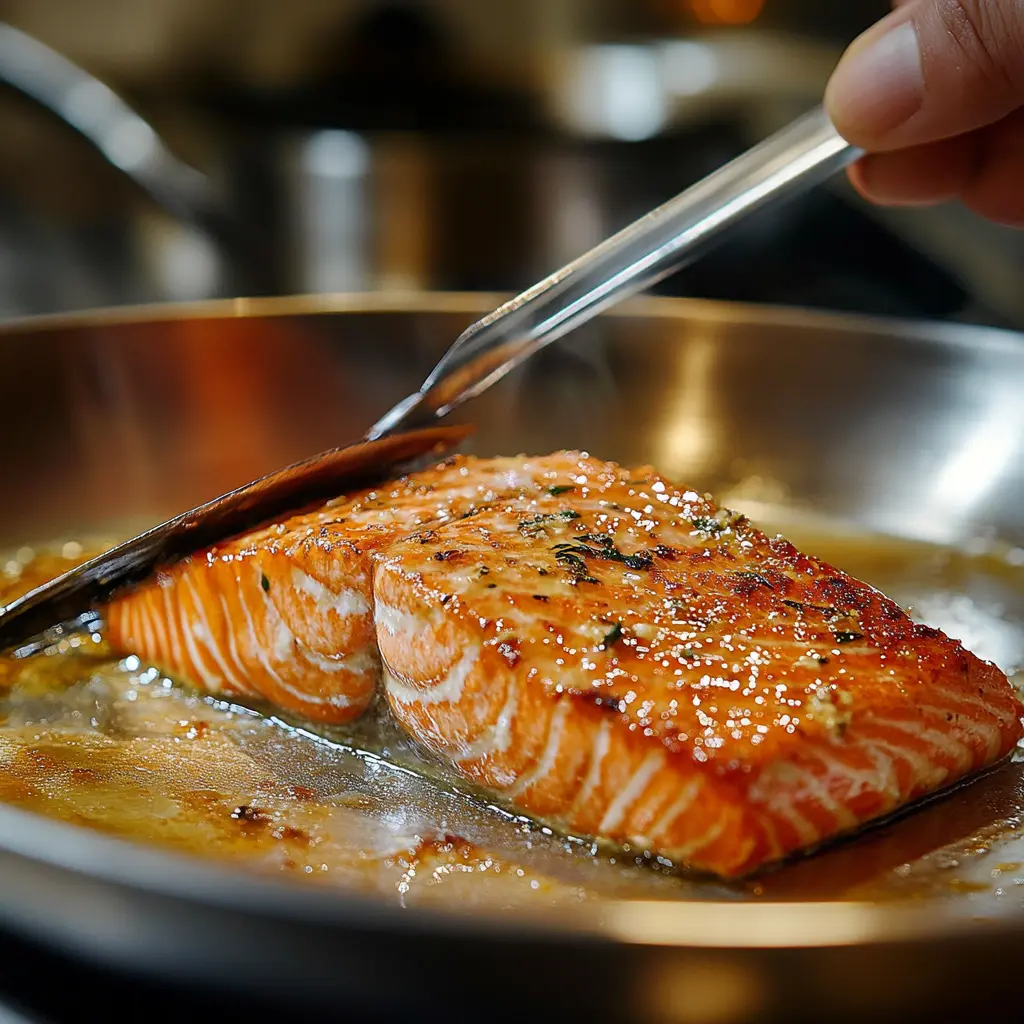
If you want to nail this method, here’s my go-to process:
- Preheat the Oven
Set to 375°F (190°C) and line a baking sheet with parchment paper. - Bake the Salmon First
Place the fillets skin-side down and bake for about 10 minutes, or until the fish is just shy of fully cooked. - Heat the Skillet
While the salmon bakes, heat a skillet with a tablespoon of oil over medium-high heat. - Sear for a Crispy Finish
Transfer the salmon to the hot skillet, cooking each side for 1–2 minutes until golden brown.
Pro Tip: Add butter, garlic, and fresh herbs to the skillet during the final sear for a quick, flavorful baste.
This hybrid approach is perfect when you want that “restaurant look” and taste without committing fully to frying or baking. It’s my go-to move when I can’t decide which method will win the fry or bake salmon debate that night.
PART 8: Expert Tips for Cooking Salmon Like a Pro — Should You Fry or Bake Salmon
Common Mistakes to Avoid in Should You Fry or Bake Salmon
No matter which side you’re on in the should you fry or bake salmon debate, a few common slip-ups can ruin a good fillet. The biggest offender? Overcooking. Salmon is delicate, and a few extra minutes can turn it from tender and juicy to dry and chalky. Use a meat thermometer if you can—145°F (63°C) is the sweet spot.
Another mistake I see all the time is under-seasoning. Salmon has a mild flavor that benefits from a little help, whether it’s salt and pepper, a spice rub, or a quick marinade. And don’t forget to preheat—whether it’s your skillet or your oven, starting hot means even cooking and better texture.
Best Tools, Oils, and Seasonings for Should You Fry or Bake Salmon
The right gear makes all the difference. For frying, I swear by a heavy cast-iron skillet—it holds heat well and gives the best sear. For baking, a rimmed sheet pan lined with parchment keeps cleanup painless.
Oil choice matters too. Use avocado or grapeseed oil for frying since they can handle high heat. Olive oil works beautifully for baking, adding a smooth richness without overpowering the fish.
As for seasoning? Keep it simple but thoughtful. A dry rub with paprika, garlic powder, and black pepper is amazing for pan-fried salmon. For baked salmon, I lean toward fresh herbs like dill, parsley, or thyme, along with lemon zest for brightness.
If you’re new to working with salmon, check out our How to Cook Salmon Cut Steaks guide for more tips on handling and preparing different cuts before you decide whether to fry or bake them.
PART 9: FAQs About Frying vs. Baking Salmon
Is baking or air frying salmon better?
Air frying gives you a crisp texture like frying, but with less oil and mess. Baking is more hands-off and great for larger portions. If you want crispy edges without much added fat, air frying is a nice middle ground between the two.
Is it better to broil or pan fry salmon?
Broiling delivers a caramelized top quickly, but pan-frying lets you control both sides for even crisping—especially the skin.
Is it better to steam or fry salmon?
Steaming gives you tender salmon with zero added fat, making it ideal for lighter meals. Frying delivers richer flavor and a crispy bite—perfect when you want indulgence.
How to pan fry salmon Jamie Oliver style?
Jamie scores the skin for even cooking, seasons well, and uses a hot non-stick pan with a little oil. He presses the fillet skin-side down until crispy, then finishes with lemon juice and herbs.
Conclusion: Making the Final Choice — Should You Fry or Bake Salmon
At the end of the day, the should you fry or bake salmon debate comes down to what you want out of the meal. Frying is fast, flavorful, and gives you that golden, crispy skin that’s hard to resist. Baking is easy, reliable, and perfect when you want to let the oven do the work while you focus on other things.
Some nights call for the satisfying sizzle of the skillet, others for the calm consistency of the oven. And if you can’t decide? Try the hybrid method—bake first, then sear—to get the best of both worlds.
Whichever method you choose, salmon is always a winner. It’s rich in flavor, packed with nutrients, and versatile enough to match any dinner mood. So next time you’re standing in your kitchen holding that perfect fillet, you’ll know exactly which way to go.
